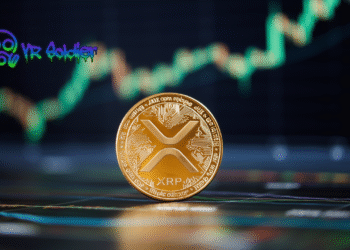ERC-20 and BRC-20 are two of the most popular token standards in the cryptocurrency world. They are both fungible tokens, meaning that they are interchangeable and have the same value. However, there are some key differences between the two standards.
Similarities
- Both ERC-20 and BRC-20 are based on the concept of smart contracts.
- Both standards allow for the creation of tokens that can be used to represent a variety of assets, including fiat currencies, cryptocurrencies, and even physical goods.
- Both standards are open-source, meaning that anyone can create a token that conforms to the standard.
Differences
- ERC-20 tokens are based on the Ethereum blockchain, while BRC-20 tokens are based on the Bitcoin blockchain.
- ERC-20 tokens use smart contracts to track ownership and to allow for the execution of complex transactions. BRC-20 tokens do not use smart contracts, and instead rely on a simpler system of serial numbers and inscriptions.
- ERC-20 tokens are more widely supported by exchanges and wallets than BRC-20 tokens.
Other Things To Note
- ERC-20 is a more mature standard than BRC-20, and there are a wider variety of ERC-20 tokens available.
- BRC-20 is a newer standard, and it is still under development. However, there is some potential for BRC-20 to become a more popular standard in the future.
Conclusion
ERC-20 and BRC-20 are both popular token standards with their own strengths and weaknesses. ERC-20 is a more mature standard with wider support, while BRC-20 is a newer standard with some potential for future growth. Ultimately, the best choice for a particular project will depend on the specific needs of the project.
Disclosure: This is not trading or investment advice. Always do your research before buying any cryptocurrency or investing in any service.
Follow us on Twitter @thevrsoldier to stay updated with the latest Crypto, NFT, and Metaverse news!
Image Source: cpifbg13/123RF// Image Effects by Colorcinch












